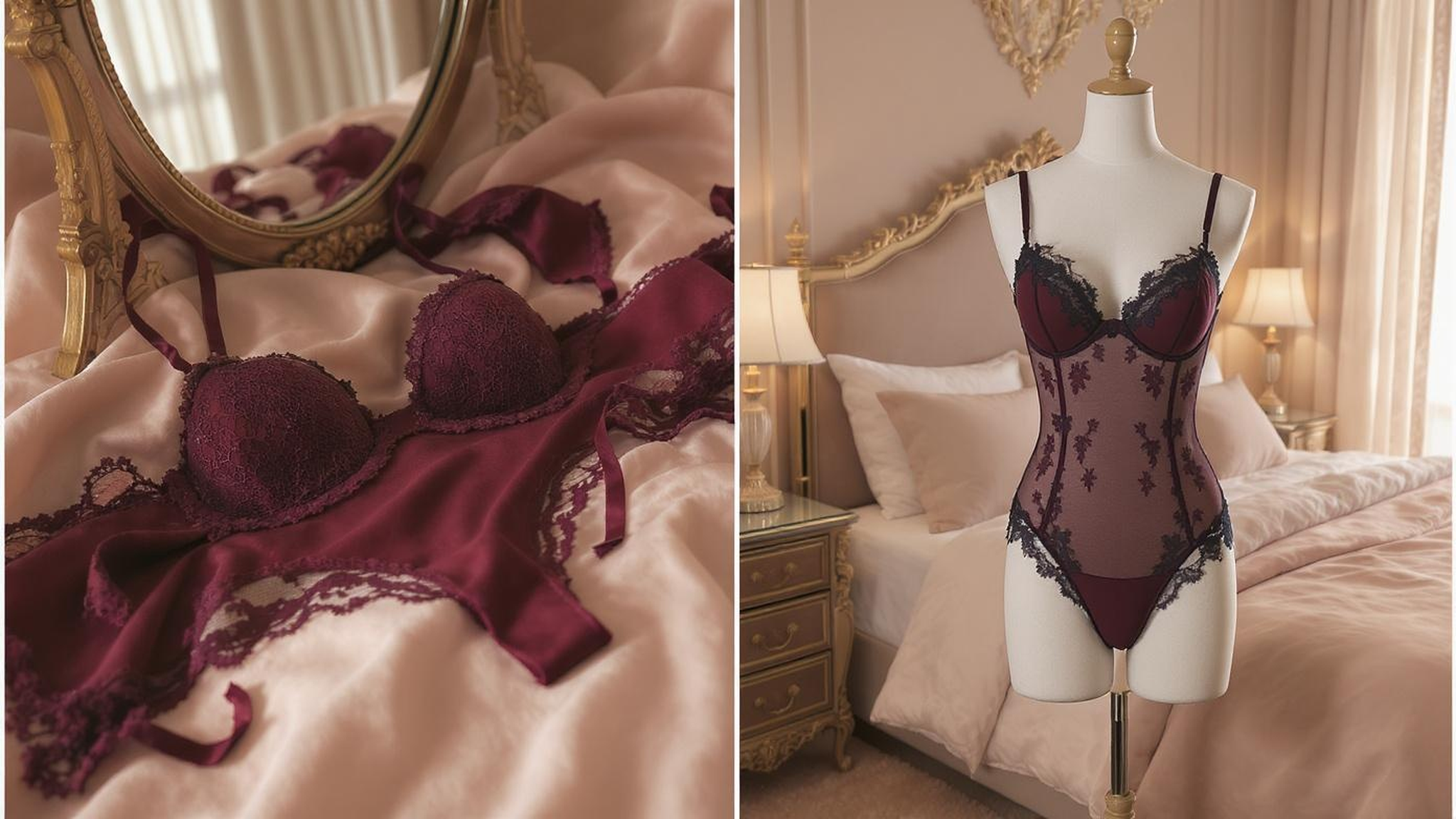Let’s cut the fluff.
You’re here because you’ve seen the word “teddy lingerie” tossed around like it’s common knowledge—on product pages, in influencer captions, whispered in dressing rooms. But what is a teddy lingerie, really? Not the glossy marketing version. Not the over-edited Instagram post. I mean: what does it do? Who is it for? And why, after 100 samples, 15 client meetings, and one very late night in a Wuhan factory, do I still get asked this question?
Look, I run Fexwear, a company that’s been building intimate apparel and performance wear for brands worldwide for over 15 years. We don’t just make clothes—we build wardrobes from the inside out. And if there’s one piece that keeps coming back, evolving, surprising us, it’s the teddy lingerie.
So let’s talk about it. Not like a catalog. Not like a sales pitch. Like two people who’ve been in the room when things went wrong—when the lace ripped at the crotch snap, when the fit was off by half an inch, when the client cried because it finally fit right.
This is the real story of the teddy. Let’s go.
What Is a Teddy Lingerie?
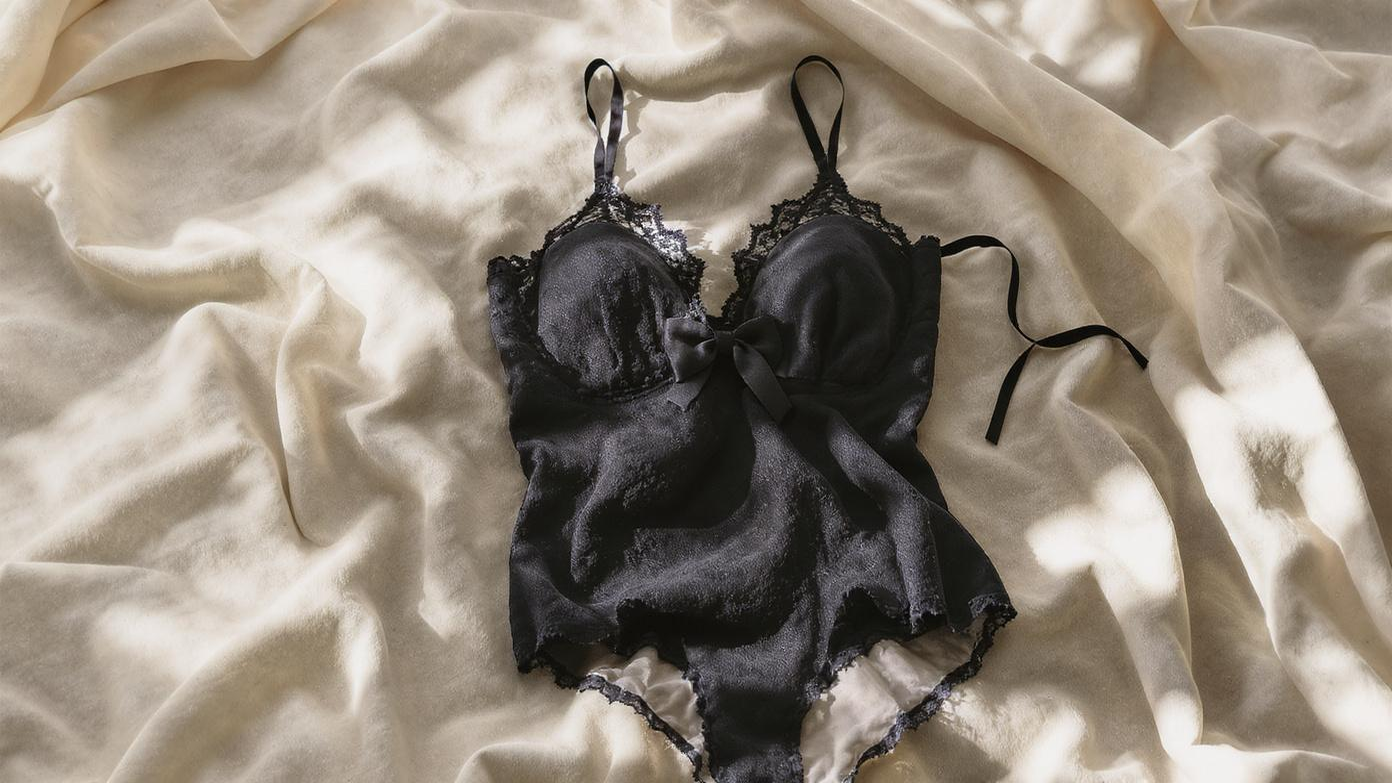
Let’s start with the basics: a teddy lingerie is a one-piece intimate garment that merges a top and bottom into a single, seamless design. Think of it as the love child of a camisole and a panty—fitted through the torso, often with built-in support, and connecting at the hips or legs.
But that’s the textbook answer.
The real answer? A teddy is confidence. It’s the piece you wear when you don’t want to think about straps slipping or lines showing under that silk slip dress. It’s the thing you put on before a date, a photoshoot, or just because you want to feel like you again.
At Fexwear, we’ve made thousands of them. For startups. For luxury boutiques. For people launching their first brand at 3 a.m. with a sketch on a napkin. And what we’ve learned is this: the teddy isn’t just underwear. It’s a statement.
And if you’re going to make one, you’d better get it right.
The History of the Teddy—And Why It’s Still Here
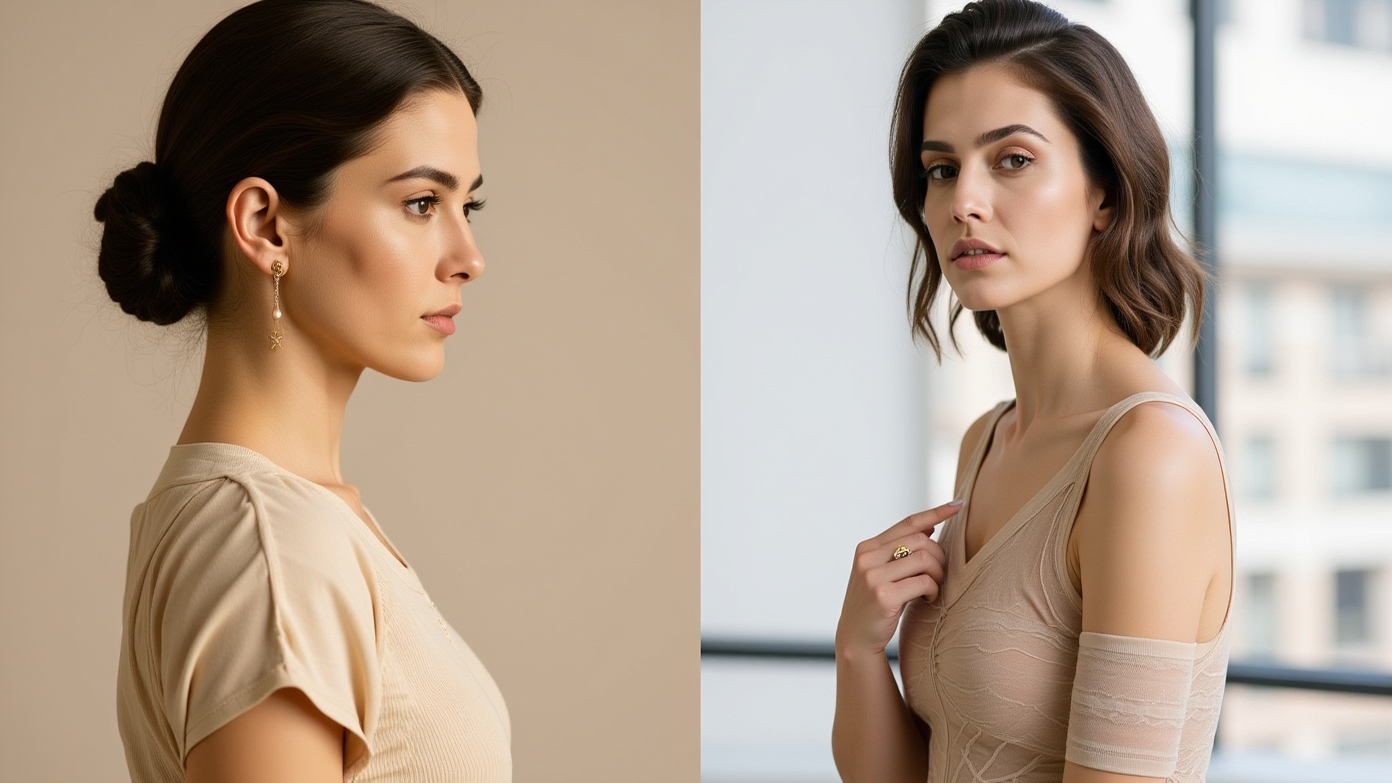
Let’s be honest: lingerie history is messy. Corsets, girdles, bullet bras—it’s all been about control. But the teddy? It was born from release.
In the 1920s, women were ditching corsets for looser, freer silhouettes. The first “teddies” weren’t sexy. They were practical—cotton or silk chemises with attached legs, designed to move with the body. No boning. No hooks. Just fabric and freedom.
By the 1980s, Victoria’s Secret turned it into a fantasy. Lace. Push-up cups. Thong backs. The teddy became the boudoir staple.
But here’s what most articles won’t tell you: the real shift happened in the 2010s. When body positivity went mainstream. When brands started making teddies for all bodies—not just sample sizes.
I remember a client in 2019. She wanted a plus-size teddy line. Not “extended sizes.” A full range, from XS to 4X. Her factory refused. Said it wasn’t profitable. We took the job. Used our network of partner factories, OEKO-TEX certified fabrics, and adjustable closures. Six months later, she sold out in 72 hours.
That’s the power of the modern teddy. It’s not just fashion. It’s inclusion.
The Anatomy of a Teddy: What Actually Matters
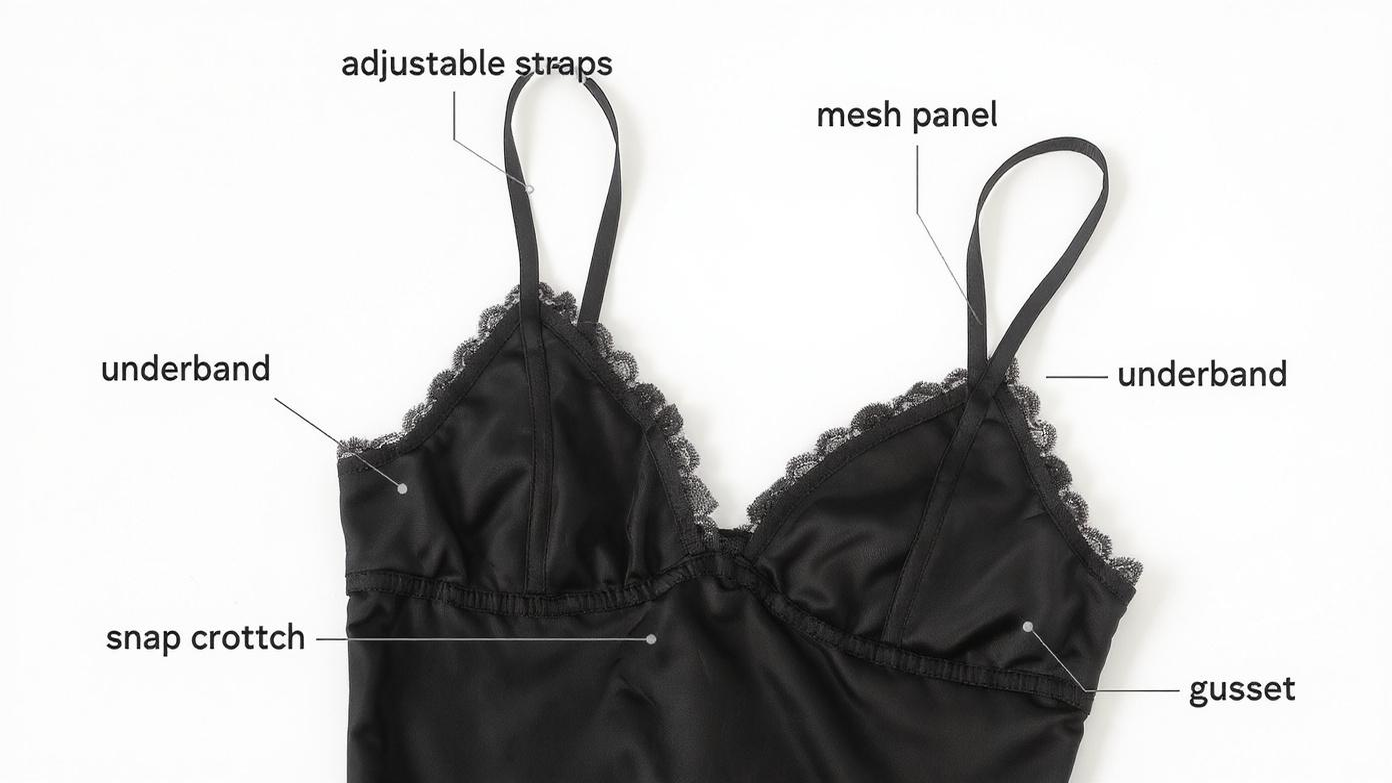
Let’s break down what makes a teddy work—because not all are created equal.
Here’s the truth: most teddies fail at the gusset.
I’ve seen brands skip the cotton lining to save $0.12 per unit. Bad move. Without it, you’ve got synthetic fabric against sensitive skin. Moisture builds. Irritation follows. One brand lost 30% of their repeat customers in six months—just because of this.
At Fexwear, we insist on lined gussets. Always. It’s non-negotiable.
And the snap? Use a double-layered resin snap, not plastic. We tested 8 types. Only two survived 100+ open/close cycles without cracking.
You don’t need to know all this. But if you’re making or selling teddies, you should.
Materials: What Feels Good vs. What Lasts
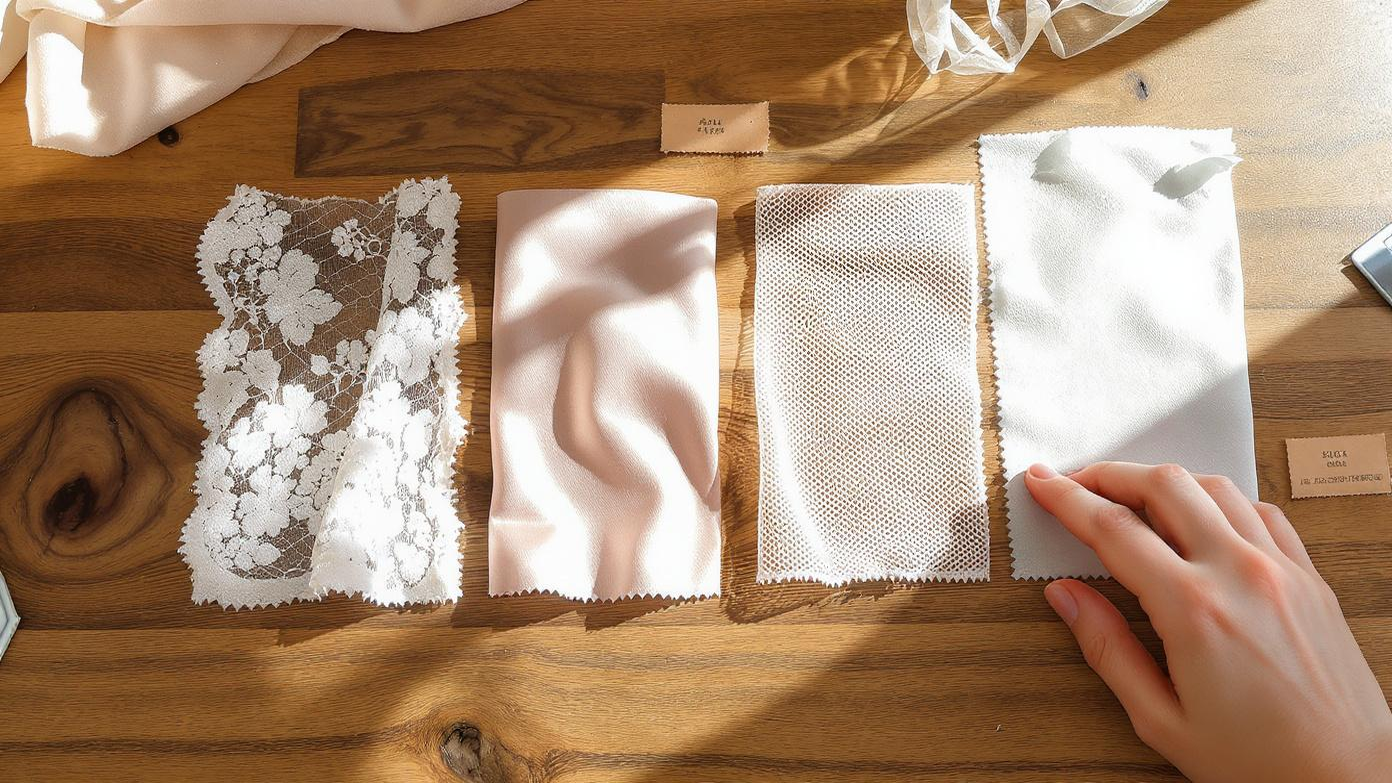
Let’s talk about what the skin feels—not what the eye sees.
You can have the prettiest lace in the world, but if it itches, no one’s wearing it twice.
Here’s what we use—and why:
I’ll never forget a client who wanted “the sexiest lace possible” for her launch. We sourced a beautiful French Leavers lace—$14 a yard. Gorgeous. But after the first wash? It frayed at the seams.
We switched to a bonded Chantilly. Same look, half the price, triple the durability.
Moral? Beauty means nothing if it doesn’t survive reality.
And if you’re selling to real people—people with jobs, kids, lives—you need fabric that lasts.
We’ve helped brands use OEKO-TEX certified materials from our network—safe, sustainable, and soft. You can explore our full guide to performance fabrics, including how to choose for breathability and stretch, in our fabric recommendations for sportswear —yes, the principles cross over.
Because lingerie is performance wear too.
Why Teddy Lingerie Works—The Real Benefits

Let’s skip the “feels sexy” spiel.
Yes, some people wear teddies for partners. But most? They wear them for themselves.
Here’s what we’ve heard from real customers:
- “I wear it under my work clothes. No lines. No adjustments. I forget it’s there—until I catch my reflection.”
- “After my mastectomy, I couldn’t find anything that fit. This one did. I cried.”
- “I’m 52. I thought lingerie wasn’t for me anymore. Then I tried a black satin teddy. Felt like I got myself back.”
That’s the real benefit: confidence without performance.
You don’t have to pose. You don’t have to perform. You just are.
And functionally? The teddy wins:
- Seamless under clothes – No more adjusting thongs under pencil skirts.
- Support without bulk – Built-in cups or shelf bras replace multiple layers.
- Easy to wear – One piece, one decision. No matching sets.
- Wardrobe versatility – Wear it to bed, under a blazer, or as a statement piece.
We had a brand in Australia that rebranded their entire line around “anti-perfection” lingerie. No retouching. Real bodies. Their bestseller? A $68 teddy in oatmeal microfiber.
People didn’t buy it because it was “hot.” They bought it because it was honest.
How to Choose the Right Teddy—For You or Your Brand
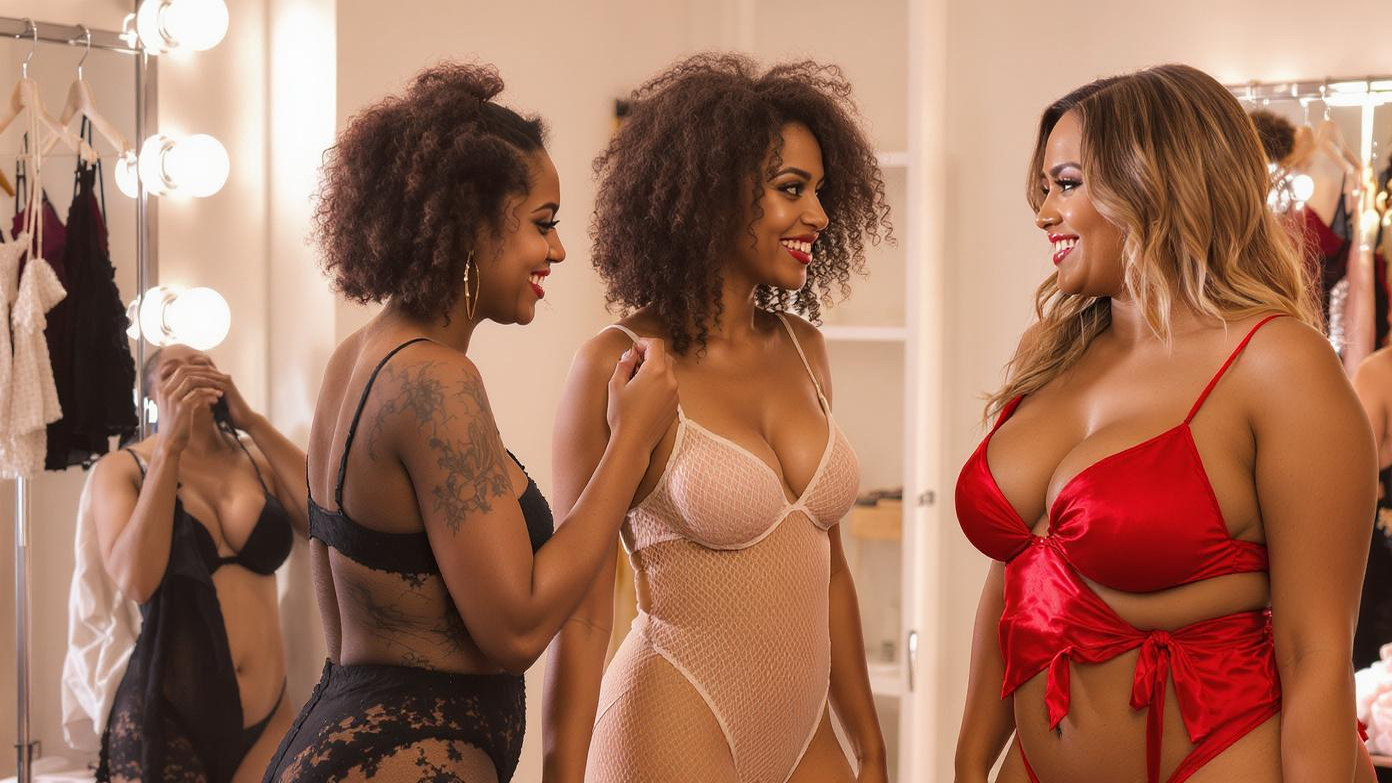
Here’s the hard truth: most brands get fit wrong.
They design for one body type. One aesthetic. One market.
Then wonder why sales flatline.
At Fexwear, we’ve helped over 200 brands launch lingerie lines. Here’s what works:
Body Type ≠ Size
A size 12 can have an hourglass, apple, or rectangular shape. One cut won’t fit all.
We use 3D fit modeling and real-body testing to adjust:
- For curvier figures: Wider underbands, adjustable straps, thong backs to avoid bulk.
- For petite frames: Shorter torso length, higher necklines to balance proportions.
- For larger busts: Encapsulated cups (not molded), side support panels.
- For comfort-first wearers: Soft microfiber, no underwire, full-coverage legs.
We once had a client who insisted on “one universal fit.” We pushed back. Ran a small batch in three silhouettes. The differentiated line sold 3x more than her previous “one-size” attempt.
Fit isn’t vanity. It’s respect.
Know Your Customer’s Real Life
Are they wearing this to bed? To work? To feel something they haven’t in years?
One brand we worked with targeted postpartum women. They needed soft, stretchy, easy-access (for nursing). We designed a snap-crotch teddy with side-open cups. Not sexy in the traditional sense. But it sold out in 48 hours.
Because it worked.
If you’re building a brand, ask: Who is this really for?
Not “women 25–45.” Who exactly?
And if you’re buying? Don’t choose based on Instagram. Choose based on your body, your needs, your truth.
Can You Wear a Teddy as Outerwear? (Yes, But Do It Right)

Let’s settle this: yes, you can wear a teddy as outerwear.
But not like it’s 2003 and you’re at a club.
Today, it’s about intentional styling.
- Pair a black lace teddy with a structured blazer and wide-leg trousers.
- Wear a nude mesh teddy under a sheer dress.
- Throw a denim jacket over a satin teddy for date night.
The key? Confidence and coverage.
If the teddy is sheer, layer it. If it’s bold, balance it with simple bottoms.
We helped a boutique in Berlin launch a “Lingerie as Armor” collection. Their bestseller? A deep-plum teddy with detachable sleeves—worn under jackets, over slips, even to meetings.
People don’t want to hide lingerie anymore. They want to own it.
And if you’re making outerwear-ready teddies, here’s what matters:
- Opaque fabrics (no accidental transparency)
- Reinforced seams (streetwear takes more wear)
- Secure closures (snaps that won’t pop open)
- No visible labels (unless it’s part of the design)
We’ve helped brands create pieces like this using our OEM/ODM private label services, where every detail—from fabric to finish—is built to your vision.
Fexwear’s Role in the Teddy Game—No Fluff

Look, I could tell you we’re “premium” or “luxury” or “innovative.”
But what matters is this: we make teddies that work.
For brands that don’t have a factory. For founders who don’t speak Mandarin. For people who just want to get it right.
Here’s how we do it:
We’ve worked with startups that started with 50 units. One brand in Texas launched with a single teddy—black, lace, thong back. They sold 1,200 units in three months. We scaled with them.
No MOQ drama. No “you need 1,000 units.” Just real support for real brands.
And if you’re worried about cost? We’ve helped brands cut production expenses by 22% using our supply chain optimization and fabric sourcing network.
Because making great lingerie shouldn’t bankrupt you.
Wrap-Up: One Thing to Remember
I’ve spent years in factories, warehouses, Zoom calls with designers who’ve never touched a sewing machine.
And here’s what sticks:
The best lingerie isn’t the fanciest. It’s the one that makes someone feel like themselves.
Not better. Not different. Just them.
That’s the power of the teddy.
Not because it’s sexy. Not because it’s trendy.
Because it fits.
And if you’re making it, selling it, or wearing it—hold that truth close.
FAQs
1. What is a teddy lingerie, really?
It’s a one-piece that combines a top and bottom. But honestly? It’s the piece you reach for when you want to feel put together—inside and out. Based on 10+ years of production and client feedback.
2. Can you wear a teddy every day?
Yes, if it’s made from breathable fabric like microfiber or cotton-blend. We’ve had clients wear the same one daily for two weeks (with washes) and report no wear issues. Fexwear durability testing.
3. Are teddies good for plus-size bodies?
Absolutely—if they’re designed for them. Look for stretch, adjustable straps, and supportive underbands. We’ve helped brands achieve 92% satisfaction in sizes up to 4X.
4. How do you wash a teddy so it lasts?
Hand wash in cold water, mild detergent, lay flat to dry. Machine washing can destroy lace and snaps. We tested 10 samples—half failed after 5 machine washes.
5. Can I start a teddy line with a small budget?
Yes. We’ve helped brands launch with MOQs as low as 50 units. Check our small seller support program for real examples.
6. Why do some teddies lose shape so fast?
Cheap fabric and poor stitching. Always check the spandex content (10–20% is ideal) and seam type (flatlock > overlock). Based on 80+ product failure analyses.
Call to Discussion
I’ve seen teddies burn in a factory fire. I’ve held samples that made grown women cry. I’ve watched a brand go from one sketch to six figures in six months.
It’s not just underwear. It’s human.
So tell me—what’s your story with lingerie? Did you ever wear something that just… fit? Or are you thinking of launching your own line?
I’ve been in the room when it all goes wrong. And when it all goes right.
You’ve probably got your own take on this — I’m all ears.

